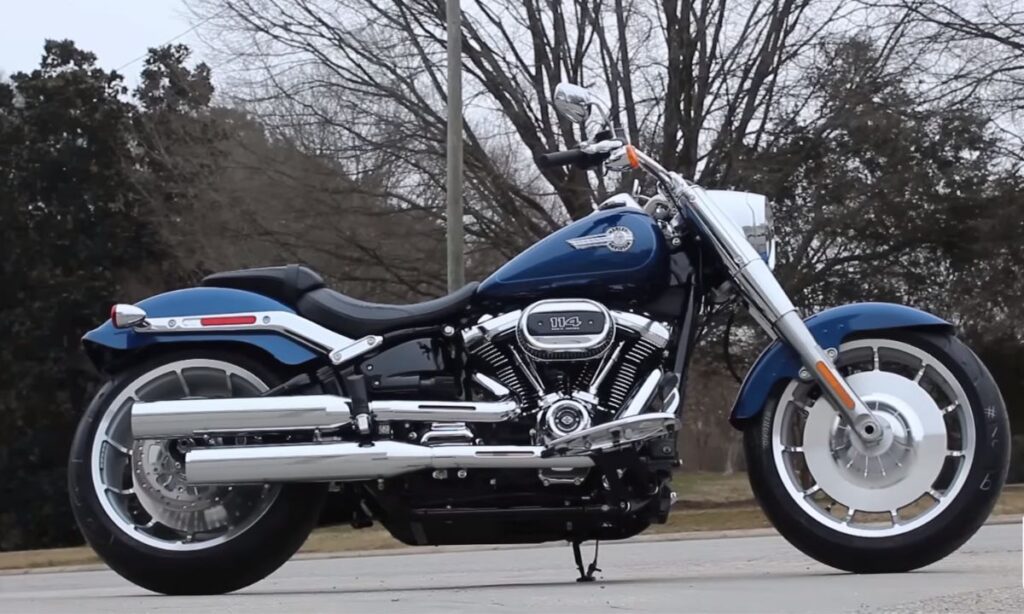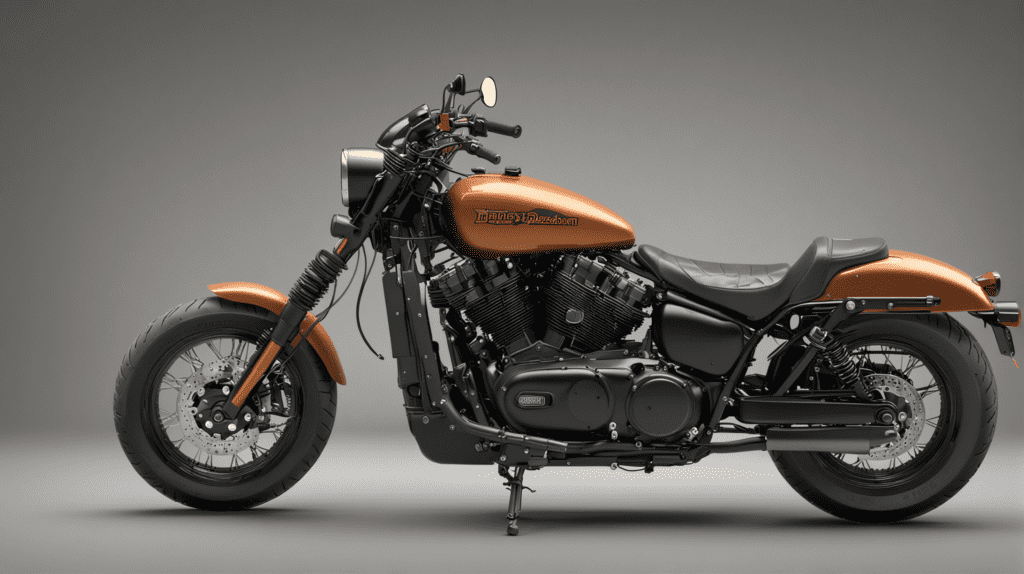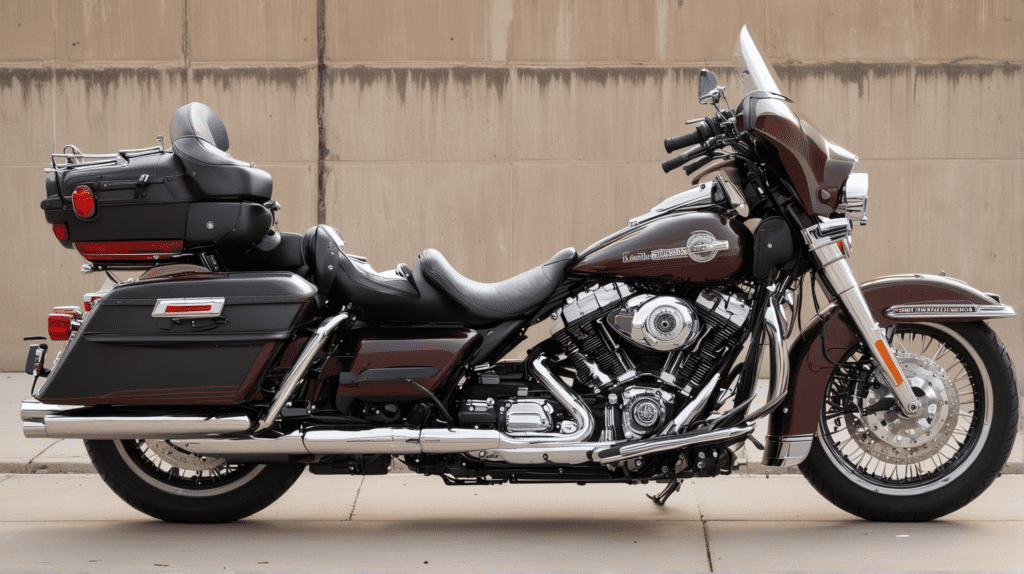Harley-Davidson motorcycles are renowned for their high performance and distinctive style. However, like any mechanical device, they sometimes exhibit issues.
One of the most common issues owners encounter is the “Fast Idle Problem.”
This issue, as the name suggests, occurs when the motorcycle’s idle speed is significantly higher than the standard idle speed.
In this article, we will dive into the Fast Idle Problem, its causes, its impacts, and the potential solutions to rectify this common issue.
Harley Davidson Fast Idle Problem
This issue manifests as the motorcycle’s engine running at a higher-than-normal idle speed, even when the bike is at a complete stop or in neutral gear.
The fast idle problem can lead to higher fuel consumption, increased engine wear, and a potentially unsafe riding condition.

1. Harley Davidson High Idle Reset
If your Harley Davidson motorcycle is experiencing a high idle, it’s crucial to reset it for optimal performance.
To do this, start the engine and let it warm up. Next, rotate the throttle to fully open and then release it.
If the high idle persists even after this, there might be a serious issue that requires professional attention.
2. Adjusting the Idle on a Fuel Injected
If you have a fuel-injected Harley Davidson, the idle adjustment process is a bit more involved than with a carbureted engine. Here’s how to do it:
- Locate the idle adjustment screw, usually found on the side of the throttle body.
- Start your motorcycle and let it warm up.
- Once the engine is warm, turn the idle adjustment screw slowly until you reach the desired RPM (between 950-1050 RPM is a standard setting).
- Let the bike idle for a minute to ensure the setting holds.
Remember, always make adjustments when the engine is warm to ensure accuracy.
3. Adjusting Idle Speed on the Throttle Body
The idle speed can be adjusted directly on the throttle body. Here’s how:
- Locate the throttle body and find the idle speed adjustment screw.
- Start your bike and let it warm up.
- Turn the idle speed adjustment screw to adjust the idle speed. Remember, the ideal idle speed is usually between 950-1050 RPM.
- After adjusting, test the idle speed by taking your bike for a short ride.
In all processes, if you’re not confident about doing it yourself, it’s best to consult with a professional mechanic.
Note: Adjusting The Idle Isn’t Always The Solution
It is important to understand that adjusting the idle on your Harley Davidson may not always resolve fast idle problems.
While it’s tempting to reach for the adjustment screw as a quick fix, keep in mind that a high idle may be symptomatic of a larger underlying issue.
For example, issues with the throttle position sensor, intake leaks, or even a dirty air filter can cause the engine to idle faster than normal.
Before you start adjusting the idle, ensure that your bike is in good overall condition.
Verify the cleanliness and proper operation of your air filter, as a clogged filter can cause the engine to run lean and increase idle speed.
Inspect the throttle body and linkage for signs of wear, damage, or improper adjustment, all of which can affect idle speed.
If the issue persists despite your best efforts, it may be time to seek professional help.
Remember, adjusting the idle may provide temporary relief, but it does not address the root cause of the problem.
If you decide to proceed with adjusting the idle, keep safety in mind. Only make adjustments when the engine is cold to avoid burns.
Always make small adjustments, allowing the engine to settle for a few minutes after each change.
If you notice any adverse effects or if the high idle issue persists, it’s best to revert to the original settings and consult a professional.
Causes For Fast Idle on Harley
1. Stuck Throttle Cable
A stuck throttle cable can often cause a fast idle problem on your Harley Davidson.
This usually happens when the throttle cable does not return to its original position, keeping the throttle slightly open and causing the engine to idle faster than normal.
Regular inspection of throttle cables for any signs of damage, fraying, or kinks is essential. Lubricating the throttle cable periodically can also help prevent sticking.
Similarly, the cold start lever, or choke, can contribute to fast idle issues.
When the engine is cold, the choke is typically engaged to allow a richer fuel mixture, which results in a faster idle to help warm up the engine.
If the choke lever sticks in the ‘on’ or partially on position, this can cause the engine to continue idling faster even after it’s warmed up.
Checking the choke operation and ensuring it fully disengages after the engine warms up can help prevent fast idle issues.
2. Leaking Rubber
These hoses, which connect the intake manifold to the throttle body, can degrade over time due to heat, wear, and exposure to chemicals.
If a leak occurs, air can be sucked into the intake manifold, bypassing the throttle body and causing the engine control module (ECM) to increase the idle speed to compensate for the additional air, hence leading to a fast idle.
To check if leaking rubber intake hoses are the problem:
- Inspect the rubber intake hoses visually. Look for any signs of cracking, swelling, or any other type of damage.
- Run your hand along the hose and feel for air being sucked in through any cracks.
- Spray carburettor cleaner on the hose while the motorcycle idles. If the idle speed changes, it indicates a leak.
If you find a leak, the best solution is to replace the hoses. It’s a relatively straightforward process that requires few tools and can be accomplished with basic mechanical knowledge.
However, always refer to your motorcycle’s service manual for the correct procedure to replace these hoses.
3. Faulty Temperature Sensors
The engine control unit (ECU) relies on the temperature sensor’s information to adjust the idle speed based on the engine’s temperature.
If the sensor is faulty, it can send incorrect temperature signals to the ECU.
This can trick the ECU into thinking the engine is cold when it’s actually warm, causing the ECU to overcompensate and maintain a high idle speed.
To identify a faulty temperature sensor, you can use a diagnostic scanner. This scanner will read the engine’s temperature and the ECU’s temperature readings.
If there is a discrepancy between the two readings, it may indicate a problem with the temperature sensor.
Replacing a faulty temperature sensor is a relatively straightforward process. To do this, firstly, locate the sensor, which is usually positioned near the thermostat housing.
Once located, disconnect the sensor from the wiring harness and unscrew it using a socket or wrench.
Install the new sensor, ensuring it is screwed in securely, and reconnect it to the wiring harness.
After installation, use the diagnostic scanner again to ensure the ECU is receiving accurate temperature readings.
4. Vacuum Leaks
Vacuum leaks in the intake manifold can be a major cause for fast idle.
Under normal operation, the intake manifold distributes the air or air/fuel mixture from the throttle body to the intake ports in the cylinder head.
Sometimes, however, the manifold can develop leaks, causing an overabundance of air to enter the engine.
Diagnosing a manifold leak is relatively straightforward. Start by conducting a visual inspection, looking for signs of cracking, wear or damage on the manifold itself and the associated gaskets.
Pay close attention to the base of the carburettor and where the manifold attaches to the cylinder heads.
If a visual inspection doesn’t reveal the problem, you can use sprays like carb cleaner or brake cleaner.
While the engine is running, spray around the suspected leak area. If the engine speed changes, that indicates a leak.
To fix a leak, you may need to replace the gasket or the entire manifold, depending on the severity of the leak. Always ensure that the replacement parts are suitable for your specific Harley model.


Talha Younas, the brains behind the influential motorcycle-focused website, TwoWheller.com, is a dedicated and passionate advocate for biking culture. Born and raised in a family of motorcycle enthusiasts, his love for two-wheeled transportation was ignited at an early age. His commitment to providing in-depth reviews and helpful tips for riders has established him as a respected figure in the motorcycle community.

